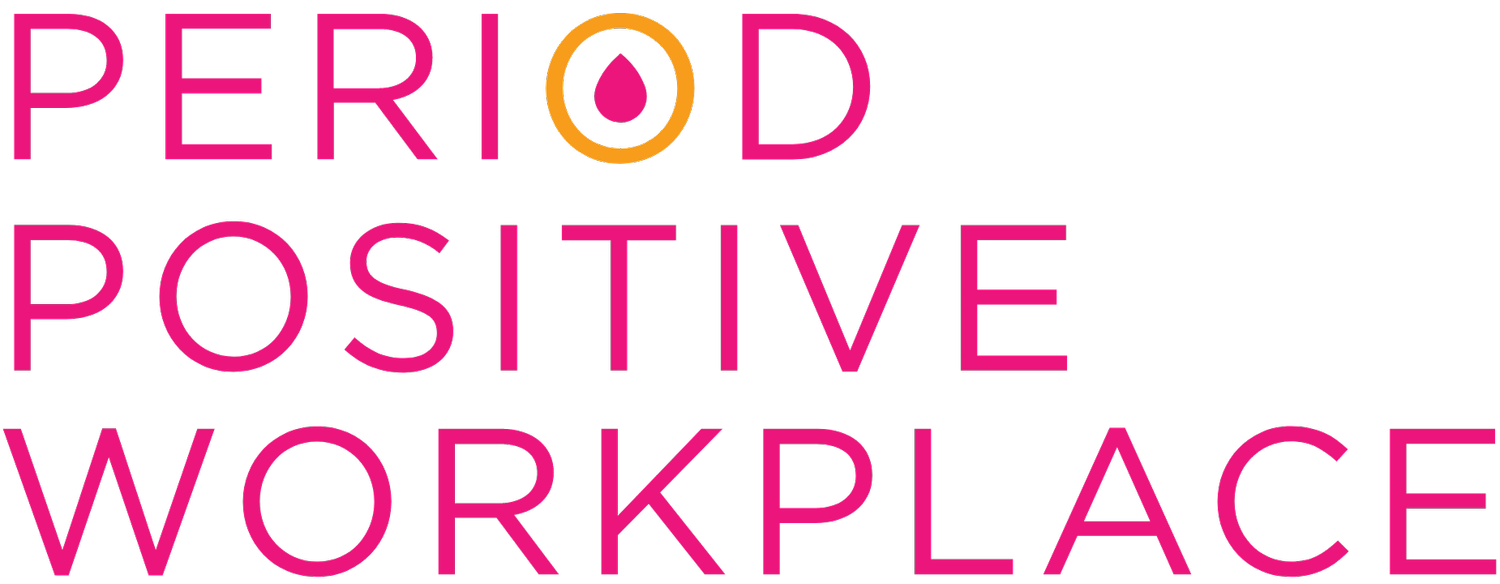
Frequently Asked Questions
-
Period Positive Workplaces improve gender equality by increasing fair treatment of all employees in the bathroom. Workplaces are accustomed to providing toilet paper, soap, and water for bathroom needs, but often neglect period products. Because starting a period is involuntary and spontaneous, period products are just as crucial as toilet paper and soap for people who menstruate. When menstrual needs go unaddressed, menstruation becomes a barrier that interferes with productivity and workplace participation. Becoming Period Positive addresses the previously overlooked needs of employees who menstruate by ensuring their menstruation needs are met with all other bathroom needs.
Period Positive Workplaces also promote menstrual health, which is one way organizations can support the Sustainable Development Goals (SDGs). Menstrual health is vitally interconnected with at least 7 of the 17 SDGs . These include (3) good health and wellbeing, (4) quality education, (5) gender equality, (6) clean water and sanitation, (8) decent work and economic growth.
-
By collaborating with the private sector, we can advance supportive environments for employees who menstruate at a faster pace. Many of our coalition members are working with local and national governments to ensure bathrooms and public spaces also include free access to period products. Learn more about what the Period Positive Coalition has done with governments and the public in North America, Africa, Asia, and Europe here.
-
Free the Tampon estimates the yearly cost of providing free menstrual products is $4.67 for each employee that menstruates.
-
If your workplace bathrooms serve a high number of employees and patrons, you may want to install dispensers or set up a subscription order for period products. If your organization already works with an office supplier to stock your bathrooms, discuss with them how to add period products to your supply list. You can also source period products from wholesale stores or a number of companies that specialize in workplace solutions for period products.
-
Beyond becoming a certified Period Positive Workplace, you can also consider doing the following in your organization:
Make period products available at no cost to people in restrooms.
Keep a small supply of pain management medications in your office aid kit.
Create a break room space for rest and pain management.
Consider providing menstrual leave days for people who menstruate.
-
The commitment to provide access to period products through the Period Positive Workplace program is not legally binding. Participation in the program could yield possible backlash from stakeholders who do not support menstrual equity, but also sends a strong message to employees, customers, and the industry at large that menstrual equity is valued and there is a commitment to promoting an inclusive work environment.
Minimal reporting is required. Organizations must fill out an application to be certified as a Period Positive Workplace. We may send a follow up email containing a reporting survey to track the impact of the initiative for certified workplaces.
-
Ensuring that your bathrooms are “female-friendly” is another way your workplace can improve gender equality. A major element of female-friendly bathrooms include access to period products. Other elements include: waste bins near each toilet, hooks and shelves for clothes or bags, and a mirror. Bathrooms may also include a family friendly stall or cubicle with space to include a caregiver and child. Learn more about female-friendly bathrooms here.
